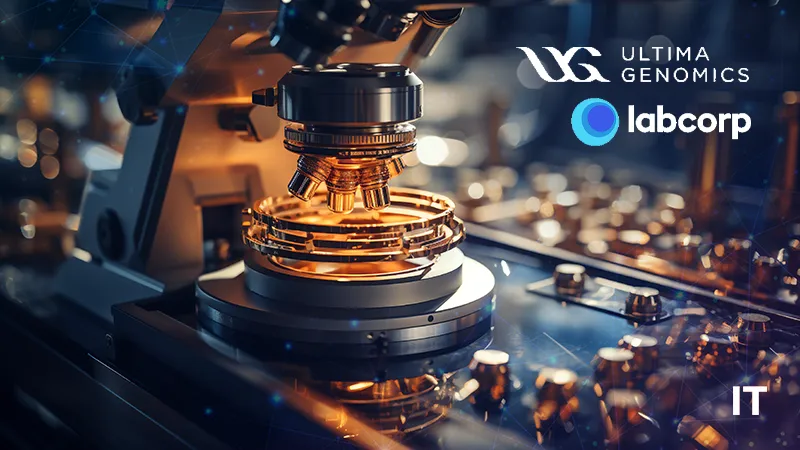Labcorp, a global leader of innovative and comprehensive laboratory services, announced an expanded collaboration with Ultima Genomics to utilize its UG 100TM sequencing solution and ppmSeqTM technology to explore new whole genome sequencing (WGS) clinical applications, including molecular residual disease (MRD) in patients with early-stage solid tumor cancers.
Labcorp recently introduced Labcorp® Plasma Detect™, the first clinically validated, tumor-informed, WGS-based circulating tumor DNA (ctDNA) MRD solution for research and investigational use. Labcorp intends to use Ultima’s UG 100 platform and ppmSeq technology, which, combined with Plasma Detect, have demonstrated in preliminary data the ability to detect rare variants at extremely low limits, improved sensitivity and specificity, and more efficient, scalable and cost-effective workflows.
Also Read: Ori Biotech Unveils IRO Platform at Annual International Society for Cell & Gene Therapy Conference
“By combining Labcorp’s leadership, testing capabilities and expansive network with the accuracy, scalability and cost-effectiveness of Ultima’s technology, we can help transform oncology testing for pathologists, oncologists and our biopharmaceutical partners,” said Shakti Ramkissoon, M.D., Ph.D., MBA, vice president, medical lead for oncology at Labcorp. “Through this collaboration, Labcorp aims to drive increased efficiency, scalability and cost-effectiveness while improving access to affordable genetic testing in emerging areas with significant unmet need.”
“We look forward to expanding our collaboration with Labcorp to explore the use of our technology in the fast-growing clinical areas of MRD and clinical WGS,” said Gilad Almogy, CEO of Ultima Genomics. “At Ultima, we developed our unique sequencing architecture to specifically meet the needs of large-scale applications. The ability to be accurate at extremely low limits of detection with our ppmSeq technology and extreme sequencing depth will be transformational for oncology testing and applications such as cell-free DNA.”
SOURCE: PRNewswire

































